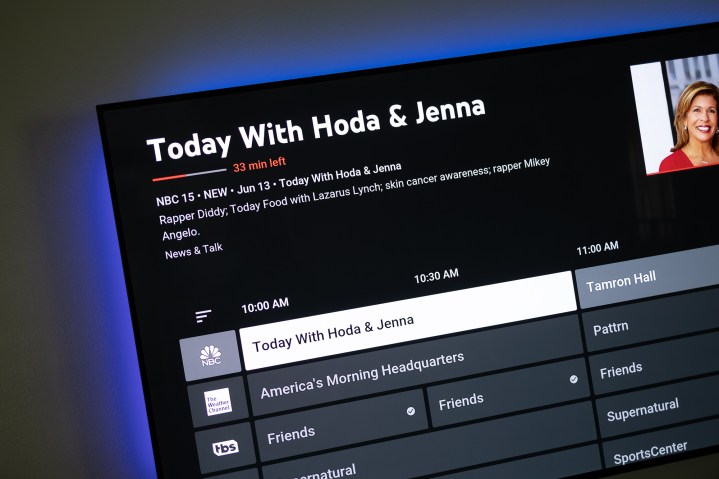YouTube TV is now the biggest streaming service for live, linear television in the United States, at more than 5 million subscribers as of July 2022.
That number comes straight from YouTube itself. It’s only the second such update we’ve gotten on subscriptions, the last coming in October 2020, when YouTube TV said it had “more than 3 million” subscribers.
And that’s as accurate as we’re probably going to get anytime soon. Not only does YouTube (or Alphabet/Google, if you want to throw the umbrella companies into the mix) not give subscriber updates on the regular, it also doesn’t do so with any great fidelity.

YouTube TV’s direct competitors, meanwhile, offer up subscriptions numbers along with their parent companies’ quarterly earnings. And so long as everyone’s books are on the up and up (and we have no reason to believe they aren’t), YouTube TV’s latest subscriber update definitely puts it in the No. 1 spot, insofar as subs go.
Hulu With Live TV sits squarely in the middle of the pack, with 4.1 million subscribers as of April 2022. Hulu Live basically has hovered there at the 4 million mark since October 2020, not dipping any lower since 3.7 million since then. Sling TV is the next biggest streaming service in the U.S., at 2.2 million subscribers as of the first quarter of 2022. And it’s pretty much been in that ballpark for the past couple years, topping out at 2.5 million subs in the third quarter of 2021. FuboTV, meanwhile, has been hovering around 1 million subs the past few quarters.
YouTube TV’s numbers are all the more impressive given that there was a bit of uncertainty surrounding the great YouTube TV vs. Roku Kerfuffle of 2021. Roku, of course, is the biggest streaming platform in the United States. And toward the end of 2021 the two companies struggled to reach a new deal that would keep YouTube and YouTube TV on Roku. (Whether that was all Roku’s fault or YouTube TV’s fault very much depended on your point of view.)
Regardless, everyone kissed and made up (and reached whatever financial agreement needed to be reached), and any subscriber churn apparently was staunched.
What led YouTube TV’s growth, then, while the other streaming services have pretty much held pat? For sure, it remains a strong service. It’s got a channel lineup that’s both greater in numbers and easier in use than its competitors. (The latter is subjective, of course.) It’s great on a TV. It’s great on a mobile device.
But YouTube TV also has had an extremely strong marketing push the past few years. You can’t watch the NBA Finals or World Series without seeing the
The only remaining questions, then, are how much more growth YouTube TV will see — and how much longer we’ll have to wait before we get updated numbers again.
Editors' Recommendations
- Yes, YouTube TV is kind of broken tonight
- Sling TV channels: Can you watch CBS, TBS, Bally Sports, and more?
- Does Sling TV have local channels?
- Does Sling TV have ABC?
- How many devices can you watch Sling TV on at once?




